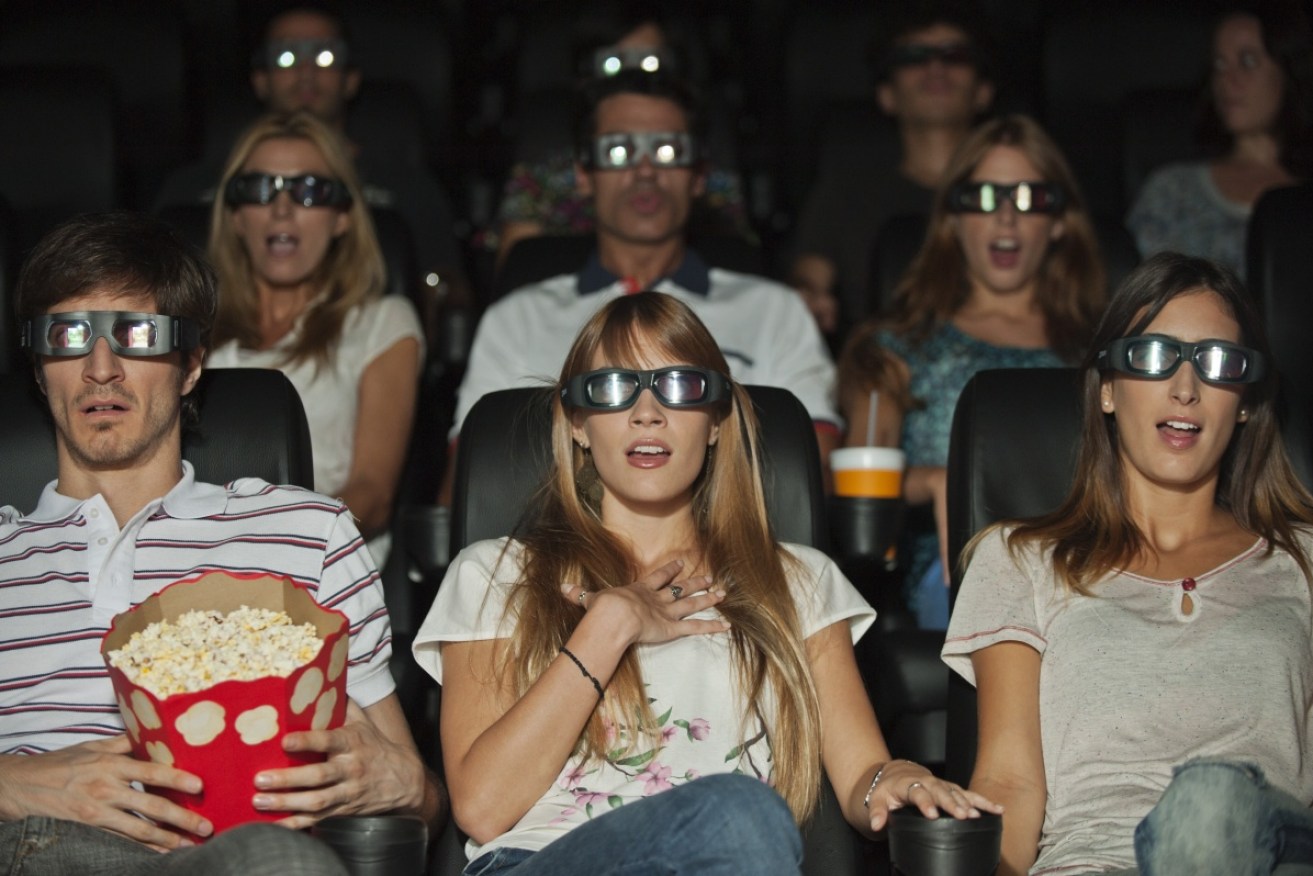Health concerns, money woes and quality: the decline of 3D movies


Watching the incoming Avatar movies will cost you the big bucks and could cause some health woes. Photo: Getty
Hollywood is at a crossroads over its decision to produce 3D films amid dwindling revenue and valid concerns about health risks.
Last year across North America, the 3D box office gross was down to 14 per cent, from a peak of 21 per cent in 2010. This despite total box office revenue increasing by 8 per cent over the same period, according to an MPAA report.
The financial saving grace for 3D is the Asian market.
A massive 74 per cent of screenings across countries in the Asia Pacific region are 3D.
The region’s marketplace for 3D is worth US $1billon more than all North America, even though ticket prices on average in China are far less expensive than in North America.
Australia paints a vastly different picture. A Screen Australia report highlights a 10 per cent rise in the average ticket price over a 10-year period from 2007: up from $10.87 to $13.80.
An adult ticket to Luc Besson’s sci-fi blockbuster, Valerian and the Lost City, will set you back $26.50 for a 3D session in Event Cinema’s VMAX.
Motion sickness and more
But high prices and significant financial battles hide a far more insidious risk: 3D poses health problems that can be severe and long term.
A wide-ranging 2013 study into 3D side effects highlighted symptoms of acute motion sickness and nausea and oculomotor (moving eye) disorientation, especially in susceptible women.
In nature, humans perceive in 3D, so 3D technology effectively overlays augmented reality, contributing to cognitive overload.
Electronics company Samsung warns that pregnant women, the elderly, children, those suffering from serious medical conditions and people who have been sleep-deprived or drinking could be at risk of confusion, nausea, convulsions, altered vision and dizziness.

Terminator 2 – a technical pioneer at the time it was released – is being re-released in 3D this month.
Avatar to the rescue
Hollywood’s 3D filmmaking innovators, such as James Cameron, are forging ahead, despite persistent concerns.
Cameron is developing a series of 3D Avatar sequels exploring the land and seas of its fantastical setting, Pandora, and is soon to re-release Terminator 2 in cinemas later this month.
On its initial release in 1992, Terminator 2 was praised for its revolutionary special effects, which Cameron invented.
The visceral allure of watching liquid molten metal seep through steel bars in 3D might well attract enough audiences, especially given Cameron’s regard as a 3D technology guru.
The risk, though, is that people may be cynical of yet another inherently inferior 2D to 3D conversion.
Over the years since the 3D halcyon days, we’ve been exposed to low-grade conversions of Alice in Wonderland, Clash of the Titans, numerous Pirates films and franchise sequels.
Decreasing ticket sales highlight significant 3D fatigue. Time will tell how Hollywood responds to this dilemma in the 3rd dimension.








